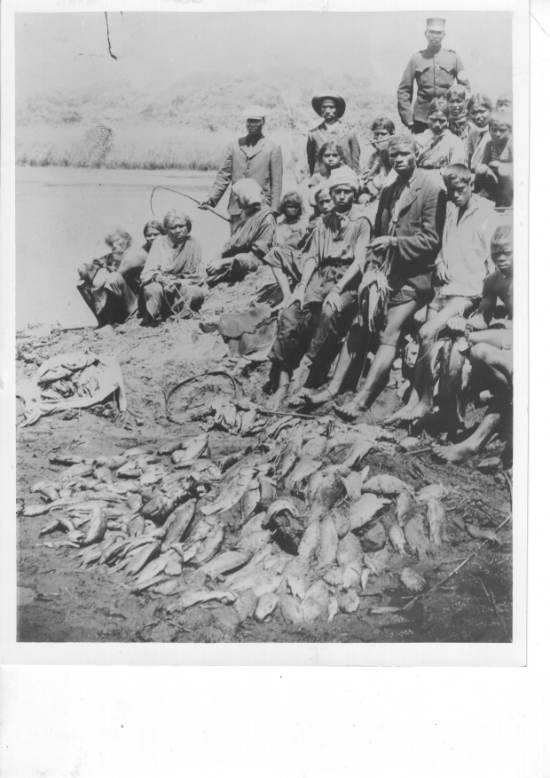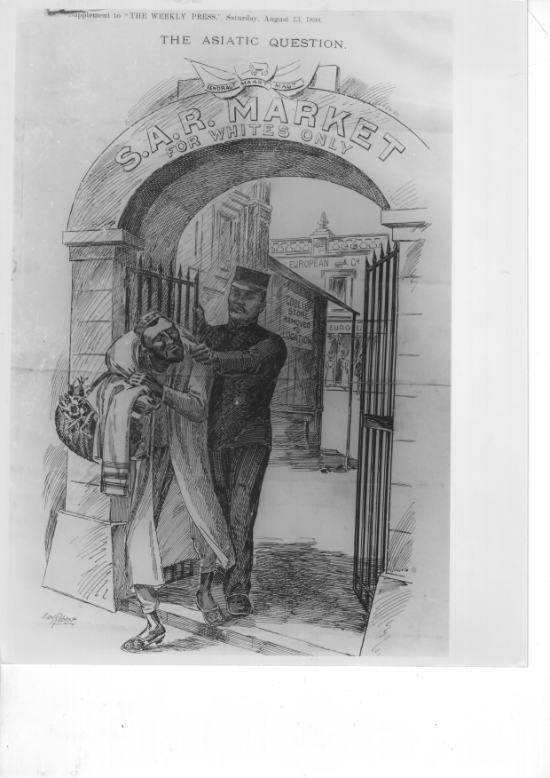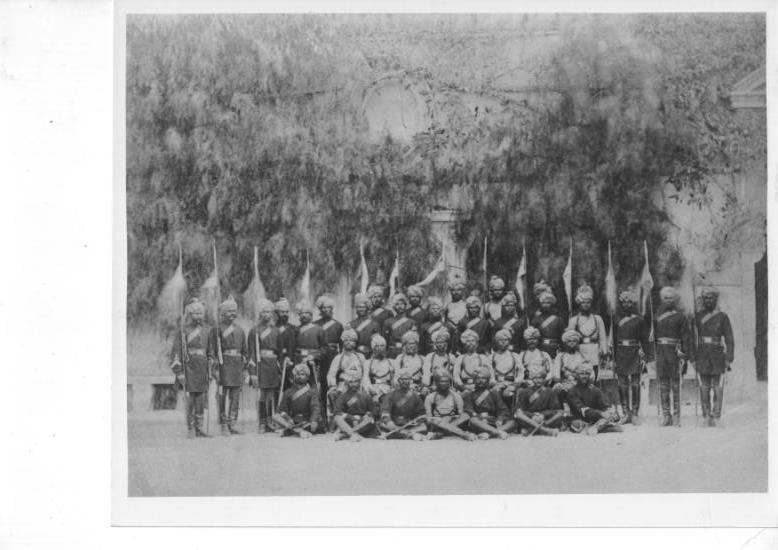 "Indians in South Africa, this is your time to shine. Rejoice not only in a momentous hundred and fifty years on this beautiful land, but also in the sheer ‘sweat and blood' that was the result of the hard work of our forefathers..."
"Indians in South Africa, this is your time to shine. Rejoice not only in a momentous hundred and fifty years on this beautiful land, but also in the sheer ‘sweat and blood' that was the result of the hard work of our forefathers..."
On 16 November, 1860, 342 indentured Indian labourers landed at Addington Beach in Durban, on South Africa's east coast, after venturing across the Indian Ocean. As indentured labourers, these men and women were bound to the service of the South African sugar industry in the British Natal colony. The practice of sending indentured labourers to South Africa from India continued until 1911, until it was halted because of reports of their ill treatment.
They would become the forefathers of the modern South African Indian community, which celebrates its 150 year anniversary in 2010. Despite making up less than 3 per cent of the South African population, the influence of this community on South Africa has been profound. Indians have integrated into South African society, but despite its interaction with broader South African culture, this community has retained its unique identity.
On a political level, the Indian community has been central in the establishment, and continued development, of a democratic culture. Mahatma Gandhi, India's political icon for passive resistance, spent over two decades in South Africa, advocating equality for those discriminated against under colonial administration. Over the course of the twentieth century, South Africa's apartheid government continued to persecute the Indian community in its tiered conception of racial segregation; Indians were placed ‘above' the black population, yet still suffered from oppression under this regime. Numerous Indians contributed to the liberation struggle, some more prominent than others. Some of these individuals include Lenny Naidu, Fatima Meer, Yusuf Dadoo and Ahmed Kathrada. Indians continue to play an important role in the current ANC government, including Mac Maharaj and Pravin Gordhan.


SAHA Collections and the Indian Community
Reflecting the significant and disproportionate contribution of South Africa's Indian community to the struggle against apartheid, SAHA has numerous related collections.
AL2421 :: The Natal Indian Congress (NIC) Collection
Formed in 1894 by Mahatma Gandhi to fight discrimination against Indian traders in Natal, the Natal Indian Congress (NIC), together with the Transvaal Indian Congress and the Cape Indian Congress went on to form the South African Indian Congress (SAIC). Although never banned, harassment of its leadership and repressive conditions brought an end to its activities, which were only revived again in 1971. This collection mainly reflects the activities of the organisation since its revival in 1971.
AL2573 :: The Tolstoy Farm Collection
Tolstoy Farm, also known as Satyagrahi Farm, was the Transvaal home of Mahatma Gandhi. It is situated 35km South-West of Johannesburg. This 1100-acre farm was a gift from a follower of the Satyagraha movement and was intended as a base for the families of those who were unemployed or in jail because of their political activities. However, it grew far beyond the Transvaal and became an experiment in community living. The Transvaal Gandhi Centenary Council now owns the farm and there are plans for its restoration.
AL2563 :: The Transvaal Indian Congress (TIC) Collection
Formed by Mahatma Gandhi at the turn of the twentieth century, The Transvaal Indian Congress (TIC), although not banned, was severely affected by the harsh repression of the period. After declining during the late 1960s, its activities became virtually non-existent in the 1970s, at which time some activists in the community had become involved in Black Consciousness organisations. TIC was revived in 1983. After the unbanning of the African National Congress (ANC) in 1990, many TIC members became involved in the newly-formed ANC, and as a result TIC became dormant, although it never officially disband.
AL2603 :: The South African Indian Teachers' Association (SAITA) Collection
The South African Indian Teacher's Association (SAITA), formerly known as the Natal Indian Teacher's Society, was established in 1925. This collection includes minutes of the Executive Council and Transvaal Regional Committee of SAITA; Lenasia Branch AGM papers (1975-1976), correspondence, memoranda and press cuttings relating to Y Eshak, E Seedat, MA Moosa, A Essop, V Poonan and Y Cajee. It also includes copies of the "Teacher's Chronicle".
AL2686 :: The Indian Community in the Transvaal
This collection contains slides of some of the material collected for the exhibition "Art, culture and social reality - The Indian community in the Transvaal" which formed part of the 1991 University of the Witwatersrand (Wits) Spring Festival. Monique Vajifdar was the festival organiser. It also contains a poster on the 1946 Passive Resistance Campaign (in Gujarat).
AL2916 :: The Khalik Mayet Collection
This collection reflects the activities of its donor Khalik Mayet. Mayet acted as deputy legal advisor to the Transitional Executive Council (TEC) between 1993-1994. He was also an executive member of the Transvaal Indian Congress (TIC), and a delegate to the multiparty negotiations in Kempton Park prior to South Africa's first democratic elections.
AL3285 :: The Department of Education Nkosi Albert Luthuli Young Historians' Oral History Collection
The aim of this oral history competition is to encourage all learners to develop an understanding, not only of the broad history of South Africa, but also of the richness of the histories of their local communities, and in the process gaining experience in developing important research skills. Notably, numerous successful learners have presented portfolios on research to do with the heritage of the South African Indian community, including Elicia Naidoo’s research on late activist Lenny Naidu, Senrika Govindasamy’s research on Dr Kallapen Vedachallam Moodley, previously of the Youth Wing of the Natal Indian Congress, and Thanusha Govender’s research on Ela Gandhi, the granddaughter of Mahatma Gandhi, to name but a few.





 "Indians in South Africa, this is your time to shine. Rejoice not only in a momentous hundred and fifty years on this beautiful land, but also in the sheer ‘sweat and blood' that was the result of the hard work of our forefathers..."
"Indians in South Africa, this is your time to shine. Rejoice not only in a momentous hundred and fifty years on this beautiful land, but also in the sheer ‘sweat and blood' that was the result of the hard work of our forefathers..." 
